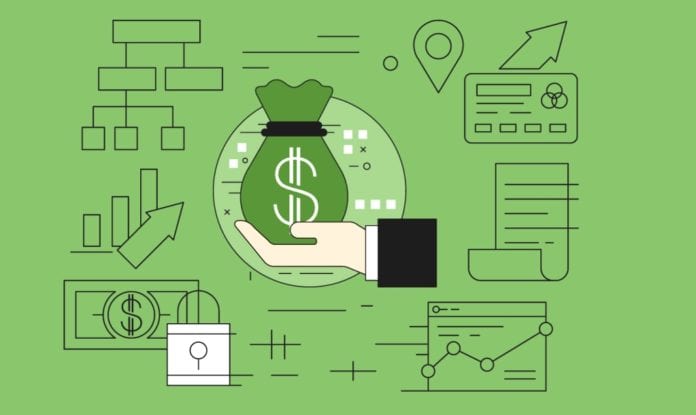A payday loan – meet Jennifer, she’s having trouble paying her bills and making rent on time. So like twelve million Americans a year. She takes out a cash advance on her paycheck and she makes it through another two weeks. Did problem-solve right? Not necessarily.
What is a Payday Loan?
Payday loans are different from other kinds of loans because you don’t get to pay them back over time. You have to pay them back all at once. You can get them then in lots of places in storefronts, online, even in a few banks.
How to Qualify for a Payday Loan?

To qualify Jennifer needs two things. Income easy she’s got a job and a checking account. Jennifer is short 375 dollars on her rent. And that is also the average payday loan amount. To get the loan she just has to agree to pay a one-time fee of 55 dollars.
Problem With a Payday Loan?

Two weeks later though Jennifer’s situation isn’t any better. And she can’t afford the $375 to pay back the loan. But she can afford another 55 dollars to renew the loan. If Jennifer is a typical payday loan customer she’s going to do this again and again. For five months of the year paying 520 dollars in fees all for that original 375 dollar loan to pay her rent. Jennifer’s story is a common one.
The Reality of a Payday Loan
Payday loans are marketed as short term solutions for emergency use. But the reality is quite different. 12 million Americans use payday loans every year. It’s not hard to see why people like Jennifer are drawn to payday loans. They look like two-week loans for a fixed fee of fifty-five dollars, but they’re not.
Unlike other types of loans, payday loans have to be paid back all at once which is hard to do if you’re struggling to make ends meet. Instead, Jennifer pays a fee to buy more time.
The reality is that instead of two weeks typical borrowers carry loans for half the year and spend more on fees in the amount they borrow.
How to Fix This Payday Loan Situation?
8 in 10 borrowers want payday loan reform and policymakers can put it in place. The consumer financial protection bureau the new referee for payday lenders can fix this problem. A strong ability to repay rule from the cfpb should allow borrowers to make smaller payments over more time.
Today, these loans take about a third of the average borrowers to paycheck and that’s just too much. Research shows most borrowers can afford to spend no more than five percent of their paycheck on their loan payments.
In Jennifer’s case, she can still get her 375 dollar loan and by limiting payments to five percent of her income. She would pay only sixty dollars and each paycheck. Instead of having to repay four hundred thirty dollars all at once.
This will mean that loans have smaller more manageable payments that fit in a borrower’s budgets. Making for a more affordable and predictable path out of debt.
It’s also important for states to rein in excessive interest rates. These changes, plus a few common-sense safeguards have already been tried with success. In Colorado, lawmakers cut prices by two-thirds and gave borrowers more time to pay their loans in smaller installments.
Now the loans work as advertised. Borrowers missed fewer payments and saved more than forty million dollars a year. While some payday stores in Colorado closed, those that remain serve more customers.
Loans are still widely available and accessible but work better. The point is, here’s a solution:
A better small loan market is possible with lower prices and more time to repay in affordable installments. Policymakers at all levels need to act now to help borrowers like Jennifer get back on solid financial ground.














